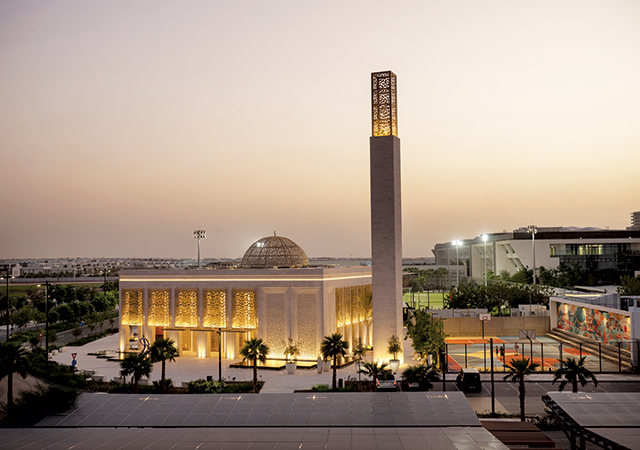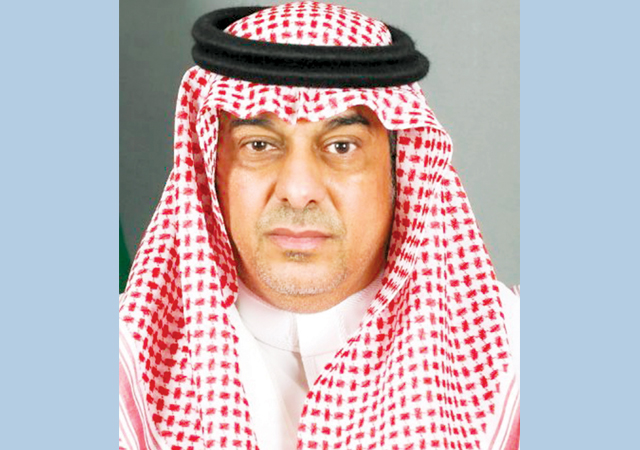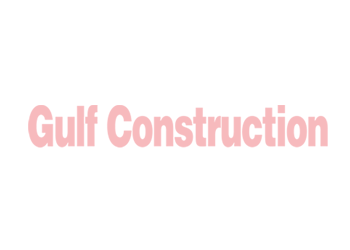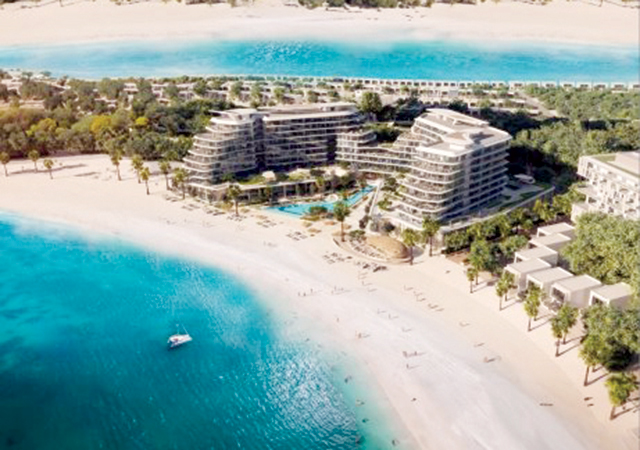
 Jeddah Tower
Jeddah Tower
Construction work on Jeddah Tower (previously known as Kingdom Tower) has resumed following the reappointment of Saudi Binladin Group (SBG) as the main contractor for the building which is set to soar 1,000 m into the sky, making it the world’s tallest skyscraper – beating the current record holder, the 828-m-tall Burj Khalifa in Dubai.
The agreement with SBG was signed in October by the developer of the project Jeddah Economic Company, a subsidiary of Kingdom Holding Company (KHC) – a Saudi conglomerate with interests in key sectors such as hotel management, real estate and equity. As per the contract, the tower should be completed by April 2028.
According to KHC, the total value of the contract is SR7.2 billion ($1.96 billion) but of this around SR1.1 billion has been already paid to SBG for works previously completed on the tower.
Jeddah Economic Company will finance remaining construction of the tower through internal funding and banking facilities, it added.
Construction work on the Jeddah Tower had initially begun in 2009 with SBG serving as the contractor for the superstructure and was paused in 2018 due to the crackdown in Saudi Arabia.
The initial phase saw approximately one-third of the superstructure complete.
 |
About one-third of the superstructure works have been completed on the Jeddah Tower. |
The building was designed by architect Adrian Smith, who also designed the current tallest building in the world, the Burj Khalifa, as well as the Trump Tower in Chicago.
Functionally, Jeddah Tower will serve as a mixed-use complex, incorporating residential, commercial, and office spaces, including a Four Seasons hotel, and a sprawling outdoor balcony originally designed as a helipad.
At the top, the tower will boast the highest observation deck in the world, reached by a system of 59 elevators.
Comprising a total built-up area of 530,000 sq m, Jeddah Tower will be the centerpiece and first construction phase of the $20-billion Kingdom City development near the Red Sea.
According to Adrian Smith & Gordon Gill Architecture (ASGG), Jeddah Tower’s design is both highly technological and distinctly organic. With its slender, subtly asymmetrical massing, the tower evokes a bundle of leaves shooting up from the ground – a burst of new life that heralds more growth all around it.
Currently, work on 63 floors out of the total 157 has been completed. The infrastructure development for the entire first phase, spanning 1.3 million sq m, has been executed, containing essential amenities such as electricity, water, sewage, flood drainage, and high-speed internet connectivity, it stated.
The project will feature a high-performance exterior wall system that will minimise energy consumption by reducing thermal loads. In addition, each of Jeddah Tower’s three sides features a series of notches that create pockets of shadow that shield areas of the building from the sun and provide outdoor terraces with stunning views of Jeddah and the Red Sea, according to the designer.
United Arab Aluminum Company (UAAC) is responsible for the facade works with Aluminium Products Company (Alupco) supplying the aluminium for the project.
The great height of Jeddah Tower necessitates one of the world’s most sophisticated elevator systems, which are expected to be supplied by Kone, a global leader in elevators and escalators. The Jeddah Tower complex will contain 59 elevators, including 54 single-deck and five double-deck elevators, along with 12 escalators. Elevators serving the observatory will travel at a rate of 10 m per second in both directions.




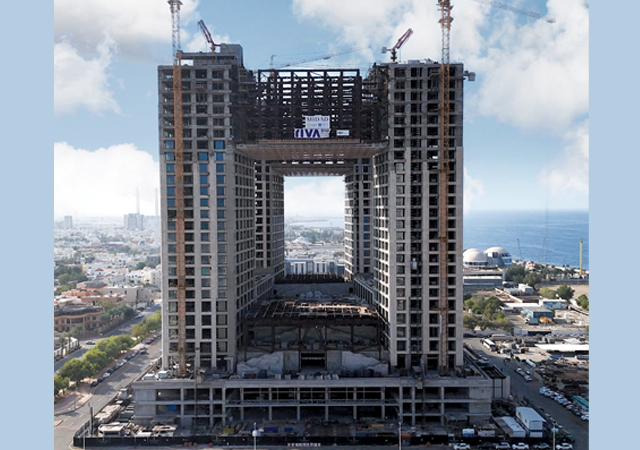



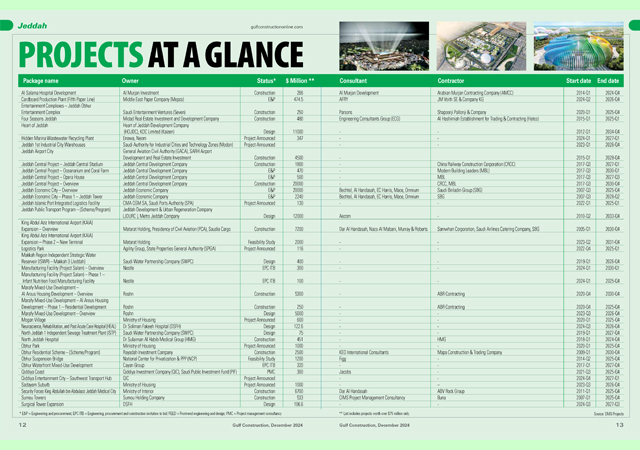





.jpg)
